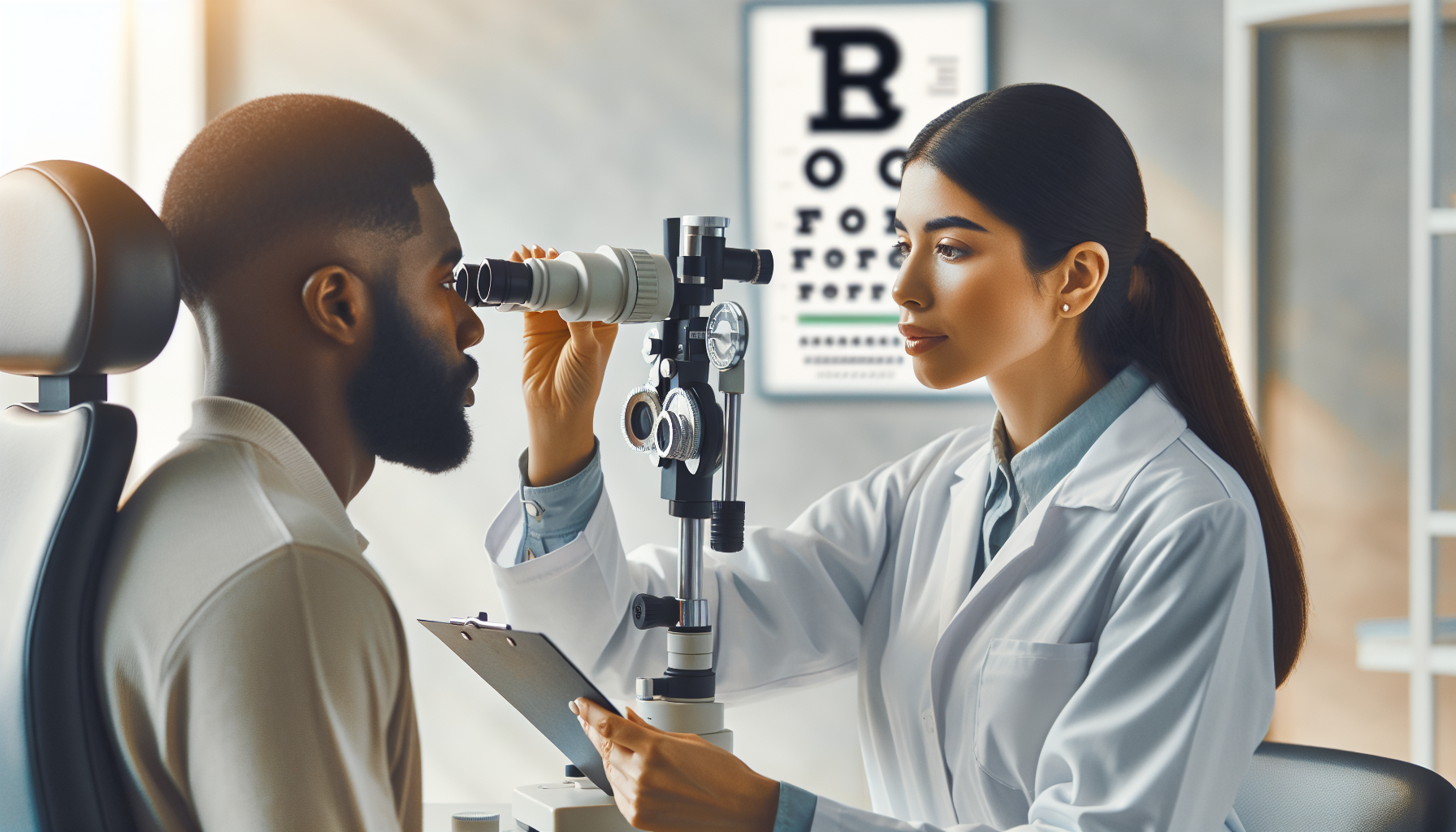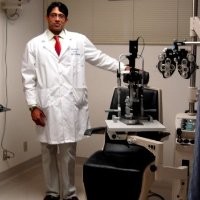If you’re contemplating a life free from the hassles of glasses and contact lenses, LASIK eye surgery can be a game-changer. But bear in mind, as with any surgical procedure, the recovery journey is integral to the success of the operation. Here, I’ll provide an in-depth guide to what you can expect during your road to achieving unblemished, glasses-free vision.
Understanding LASIK Recovery – An Overview and Helpful Hints for a Seamless Healing Process
LASIK, or laser-assisted in situ keratomileusis, is a corrective eye surgery that modifies the cornea – the transparent front segment of the eye – to enhance vision. The procedure is relatively quick, but the healing process takes time.
The usual recovery period after LASIK surgery is between 2 to 3 months, during which your sight gradually improves. Compliance with the post-operative care directions given by your surgeon and understanding each stage of recovery is vital to ensure smooth and successful healing.
The Initial 24 Hours Post-Surgery
The first day after LASIK surgery is a critical period for recovery. You may feel a burning sensation or itchiness in your eyes or a sensation of a foreign body in your eye. These are usual post-operative symptoms that will lessen over time. Here’s what you should remember:
1. Rest is paramount: Your surgeon will likely prescribe medication to help manage any discomfort, and plenty of rest is advised to aid your eyes in healing.
2. Adherence to doctor’s instructions: This includes the diligent use of prescribed eye drops and avoiding any contact with your eyes.
24-48 Hours Post-Surgery
Within the first two days, you may notice a gradual improvement in your vision. However, some temporary side effects may occur:
1. Light sensitivity: Bright lights might cause discomfort. Wearing sunglasses can help shield your eyes.
2. Visual disturbances: You may observe halos or starbursts around light sources, especially at night. These visual disturbances are typically transient and will fade as your eye adjusts to its new structure.
3. Vision Fluctuations: It is common to experience transient blurriness or changes in vision during the healing process. Contact your doctor immediately if you notice significant or persistent changes in your vision.
4. Activity restrictions: There will be temporary modifications to your daily activities. Safe driving requires a stable vision, which your doctor will confirm before you start driving again. To avoid infection, keep away from swimming pools, hot tubs, and natural bodies of water for at least one month. Also, refrain from high-impact sports or activities that could disturb the corneal flap.
One Month Post-LASIK
Key pointers for the first month after LASIK surgery include:
1. Continue using eye drops as prescribed to ensure your eyes stay lubricated and infection-free.
2. Attend all scheduled follow-up appointments with your surgeon to monitor your recovery progress.
3. Wear sunglasses outdoors to protect your eyes from the sun and wind.
4. Handle your eyes gently and avoid rubbing or touching them.
Three to Six Months Post-LASIK
By the third month, your vision should be close to its final corrected state, and you can enjoy the full benefits of LASIK – sharp, clear vision without the need for glasses or contacts.
Factors Affecting Recovery
While the above provides a general timeline, remember that everyone’s recovery process is unique. Several factors can influence your healing process:
1. Age: Younger patients generally recover faster than older ones as our body’s healing capabilities tend to slow down with age.
2. Occupation and Lifestyle: Those working in dusty or dirty environments or engaging in contact sports may have a longer recovery period and higher risk of infection.
3. Infections: Although rare, an eye infection post-LASIK can delay healing and impact your final vision.
4. Initial Refractive Error: The extent of your initial vision correction needs can affect the recovery period.
5. Pre-Existing Eye Conditions: Conditions like dry eye syndrome may require additional management during recovery to optimize healing and comfort.
6. Postoperative Complications: Although rare, some patients may experience minor complications like dry eye or flap issues, which can extend your recovery timeline.
In Conclusion
LASIK surgery can be transformative, giving you the freedom to live without glasses or contact lenses. By familiarizing yourself with the recovery timeline and factors that can influence it, you can confidently embark on this journey. Open communication with your doctor is crucial – don’t hesitate to ask questions and express any concerns throughout your consultation and recovery process. With careful attention to post-operative care and some patience, you’ll soon be experiencing the magic of clear, unaided vision!
Aaron Barriga is an online marketing manager for Insight Vision Center who enjoys sharing his knowledge on eye care and vision health, particularly LASIK.


Comments are closed for this post.